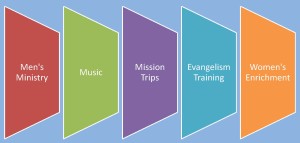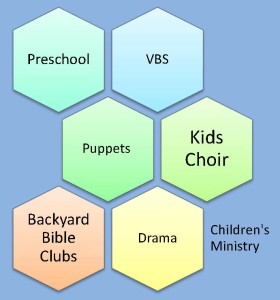by Carol
Where were we? Oh, yes. We were looking at the impact of church size on volunteers. We had just looked at the large and very large churches, but we didn’t look at the difference between them.
IS there a difference between large and very large churches when it comes to volunteers? The size categories we’ve used are small (up to 100 in worship attendance), medium (101-350), large (351-750), very large (751-1800), mega (over 1800) and super (more on that in a later post).
So, what’s the difference when you go from 600 up to 1,500? You are going to have a larger campus, more staff, more programs, more diversity in the congregation, higher quality in everything you do, and more distinction between skills of staff and volunteers.
If you ARE a volunteer, you are going to see these differences in the church. But, honestly, you might not feel the difference in terms of how volunteers are led or organized.
Staff members and volunteers who lead volunteers, though, will find that it requires
**more intentional communication,
**more intentional recruiting, and
**more lead time for events.
By the time you get to 1,500 in worship, the staff members are learning from the mega churches — the tips, the tricks, and the systems.
For the volunteers, other things matter more than mere numbers. A church in the midst of explosive growth (because of relocation, a new pastor, etc.) may not have all of the policies, programs, and systems in place yet. The newly-large will look much different from a church that has been large for a decade. A church that has been slowly succumbing to outdated leadership may be an unpleasant atmosphere for volunteers, even if it has all of the bells and whistles of the very large church.
Yes, there are differences between large churches and very large churches, but they aren’t as easy to spot — which is probably why you don’t see many books and articles about their unique characteristics. In fact, they often get lumped in together. It could be that more people just means more of what you’ve been doing, rather than requiring anything distinctly different.
If you have some ideas about how volunteers are influenced by the unique features of large or very large churches, leave a comment. Let’s explore this together!




